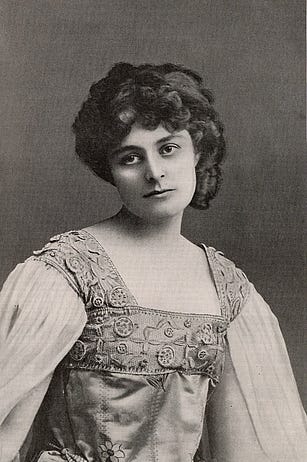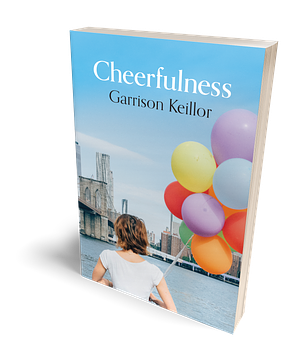|
 |
The Writer's Almanac from Wednesday, February 14, 2007
"Secret Agent Man" by Joyce Sutphen.
Today is Valentine's Day, the day on which we celebrate romantic love. Every February, florists in the United States import several million pounds of roses from South America. About 36 million boxes of chocolate will be given as gifts today.
Many writers have been inspired by love. William Butler Yeats met the Irish Nationalist Maud Gonne in 1889. She was one of the most beautiful women of her time, and Yeats fell in love with her the first time he saw her. He said, "[When I met her] the troubles of my life began." He described her as "Tall and noble but with face and bosom / Delicate in colour as apple blossom."
He proposed marriage soon after their first meeting, and she refused. But they both believed in magic and the occult, and in their letters they referred to their mystical marriage, and their telepathic communication. Gonne later told Yeats that she couldn't marry him because she believed they had been brother and sister in a previous life. But she inspired some of his greatest poetry.
Robert Louis Stevenson was passing by the window of a house one night in France when he looked inside and fell instantly in love with a woman he saw eating dinner with a group of her friends. Stevenson stared at her for what seemed like hours, and then opened the window and leapt inside. The guests were shocked, but Stevenson just bowed and introduced himself. The woman was an American named Fanny Osborne. They fell in love and got married a few years later. Marriage seemed to make Stevenson more industrious. Even though he was often bed-ridden with his respiratory illness, he published on average 400 pages of writing a year for the rest of his life.
E.B. White was a staff writer at The New Yorker when, in 1929, he took a vacation to Ontario, working at a summer camp that he had gone to as a kid, and he seriously considered quitting his job at The New Yorker to become a camp director. He had just turned 30, and he was disappointed that he'd failed to produce anything other than humorous magazine pieces. He wrote a letter to the fiction editor of The New Yorker, Katherine Angell, saying that he considered himself a failure as a writer, and he wasn't sure what the point was in continuing. She wrote back to say that there was no question in her mind that he was a great writer, even if he hadn't produced a masterpiece yet. She said, "For you to give up writing now would be like a violinist giving up music, the thing he most loved in the world, because he can't be [the best]." When White returned to New York, he married her.
In 1956 Sylvia Plath was studying in Europe on a Fulbright Scholarship when she went to a publication party for a literary magazine. It was there that she met the poet Ted Hughes, whose poetry she admired. When he introduced himself, Plath quoted one of his poems to him, and he guided her to a side room of the bar. She later wrote in her journal, "He kissed me bang smash on the mouth and ripped my hairband off ... and my favorite silver earrings ... I bit him long and hard on the cheek and when we came out of the room, blood was running down his face." They got married four months later.
Be well, do good work, and keep in touch.®
Cheerfulness by Garrison Keillor
In Cheerfulness, veteran radio host and author Garrison Keillor reflects on a simple virtue that can help us in this stressful and sometimes gloomy era.
If you are a paid subscriber to The Writer's Almanac with Garrison Keillor, thank you! Your financial support is used to maintain these newsletters, websites, and archive. If you’re not yet a paid subscriber and would like to become one, support can be made through our garrisonkeillor.com store, by check to Prairie Home Productions, P.O. Box 2090, Minneapolis, MN 55402, or by clicking the SUBSCRIBE button. This financial support is not tax deductible.


